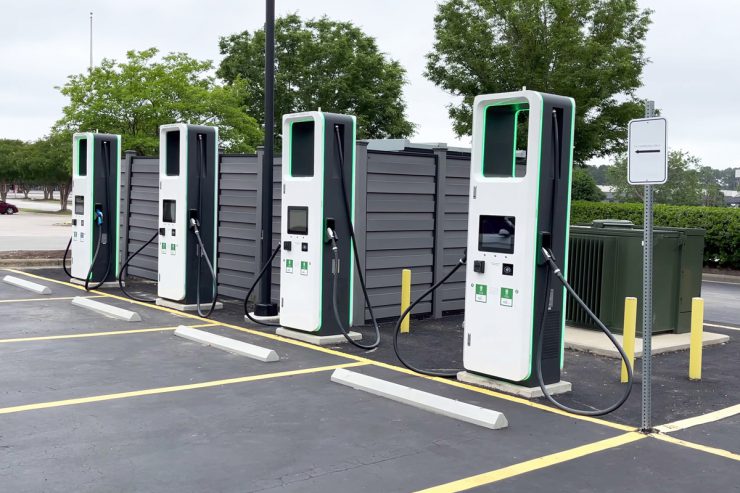In this article, I am going to review some tips and suggested procedures to deal with some common misperceptions and/or misunderstandings in regard to various association items. These suggested procedures are based on what I have found to be recurring questions / actions or inactions from and/or by associations. Let’s dive right in.
Timesavers
Proxies and Limited Proxies
In condominiums and cooperatives, general proxies are used for establishment of a quorum and limited proxies are used to vote on a particular matter – amendments, waive reserves or financial reporting requirements, etc. In homeowner associations proxies may also be used for elections. Proxies and limited proxies are not secret. When returned in an envelope to the association, they can be opened in advance of the meeting. They should be opened in advance of the meeting and placed in unit order (whether numerical for a condominium or cooperative or by street address in a homeowners’ association). This allows you to keep a running tally of whatever is being voted on, ensure you are using the most recent proxy submitted, and saves time at the actual meeting. By keeping a running tally of the vote, the only proxies that have to be tallied at the actual meeting are those turned in at the meeting. Depending on the number of units in your association and the question or questions being voted on, this can save an enormous amount of time at the actual meeting.
Keep in mind that owners can always rescind or change their limited proxy, and the most recent one submitted controls. This is different from an election ballot in a condominium and cooperative, which cannot be rescinded or changed once submitted.
Voting Certificates
The same concept as above applies to voting certificates. When owners are returning voting certificates, whether for an annual / election meeting or any other meeting, open the voting certificates and file them before the meeting. If your association requires voting certificates, the association should maintain a book of voting certificates, in numerical or address order, for use as needed at membership meetings. The most recent voting certificate will always control.
Ballots
In condominiums and cooperatives, owners are required to submit their election ballots in an inner and outer envelope. The owner envelope has to have the owner’s name, address and signature. While some associations keep the submitted ballots in a locked ballot box until the election meeting is called to order, there is nothing in the law that requires this. Ballots should be placed in unit / address order before the meeting. This will speed up the outer envelope verification process as well as identity duplicate ballots.
Documents for an Annual / Election Meeting
When preparing for an annual / election meeting, you should always have at the meeting:
- Sign in roster
- Unit roster by last name
- Unit roster by unit/address
- Voting certificate book
- Meeting notice
- Proof of meeting notice
- Minutes from last membership meeting
- If using electronic voting, a printout of the electronic vote tally by unit number /street address
- Tally sheet(s), whether for an election, to vote on a matter, etc.
- Letter openers
- Empty bankers’ box for all the meeting documents required to be kept
- Extra ballots and envelopes (for an election) and ballots and limited proxies for other matters being voted on
- Designated person(s) for owner sign in
I cannot tell you how many times meetings have been delayed, sometimes significantly, because of a lack of some, or most of, the items listed above being prepared before the meeting.
Verify Outer Envelopes Before Annual / Election Meeting
This can be a real time saver of at least an hour, if not hours, at a condominium or cooperative annual / election meeting. Both the condominium and cooperative statutes allow an association to have a meeting on the day of the election, before the election meeting, to verify the information on the outer envelopes. This means that by following the required procedures, the ballot outer envelope information can be verified before the annual / election meeting, allowing an association to perform the tedious task of verifying the outer envelope information before the annual / election meeting is called to order. This allows an association to spend the time, in many cases an hour or more, before the meeting verifying the information as opposed to at the actual meeting, so the actual meeting can be completed much sooner than if the verification process took place after the annual / election meeting was called to order. Florida Administrative Code Rule 61B-23.0021(10)(b) provides:
Any association desiring to verify outer envelope information in advance of the meeting may do so as provided herein. An impartial committee designated by the board may, at a meeting noticed in the manner required for the noticing of board meetings, which shall be open to all unit owners and which shall be held on the date of the election, proceed as follows. For purposes of this rule, “impartial” shall mean a committee whose members do not include any of the following or their spouses:
- Current board members;
- Officers; and
- Candidates for the board.
At the committee meeting, the signature and unit identification on the outer envelope shall be checked against the list of qualified voters. The voters shall be checked off on the list as having voted. Any exterior envelope not signed by the eligible voter shall be marked “Disregarded” or with words of similar import, and any ballots contained therein shall not be counted.
Verifying the outer envelope information before the annual / election meeting is a real time saver at the actual meeting. Note that this type of meeting must be noticed at least 48 hours in advance like a board meeting.
Myths and Misconceptions
- Presidents only vote to break a tie. Incorrect. We are not talking about the United States Senate. Presidents should vote on every motion, unless there is a bona fide conflict of interest. That is what board members are elected to do.
- A quorum of the board is required for a membership meeting. Incorrect. A membership meeting is not a board meeting. Board members do not vote at a membership meeting in any other capacity other than as a member. There are no board member votes at a membership meeting. A board member (usually the president or someone the president appoints) will usually run the annual meeting from an administrative point of view. Your governing documents usually contain an agenda for membership meetings.
- A quorum is a majority. Incorrect. A quorum is whatever your governing documents say it is. It can be a majority of all owners or a certain percentage of owners (30%; 25%; etc.).
- A majority of owners is 50% plus 1. Incorrect. While this seems to make sense, in certain circumstances it results in more than a majority. For example, if you have 100 owners, 50% equals 50, plus 1 equals 51, which is a majority of 100. But, if you have 99 owners, 50% of 99 equals 49.5, plus 1 equals 50.5, which is rounded up (you always round up) to 51, which is more than a majority of 99. (Note that 50.5 is more than a majority of 99 as well. A majority of 99 is 50).
If you have any questions regarding the above, contact your association attorney.
Howard J. Perl, Esq.
Shareholder, Becker
Fort Lauderdale | bio















